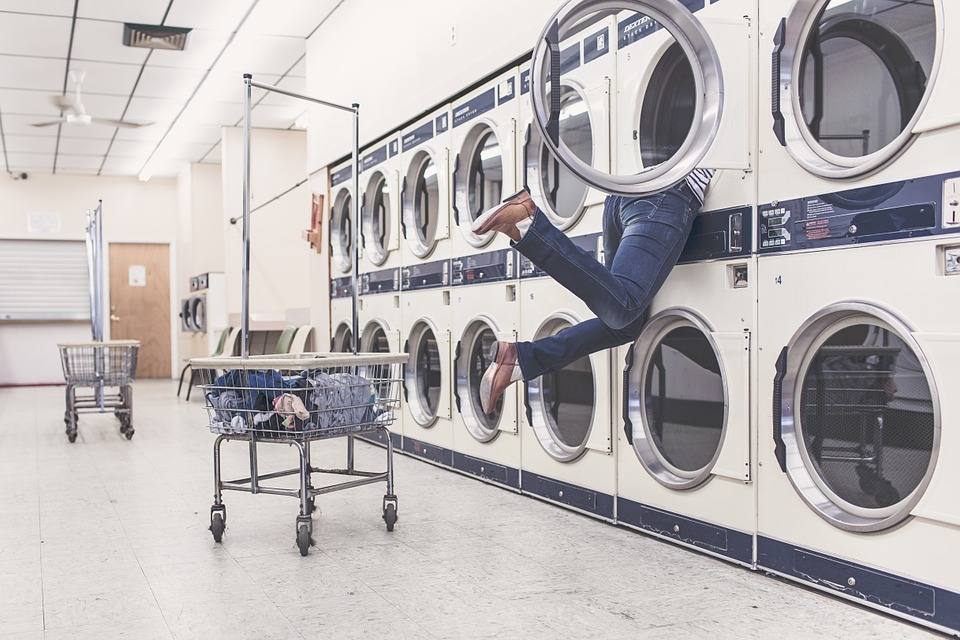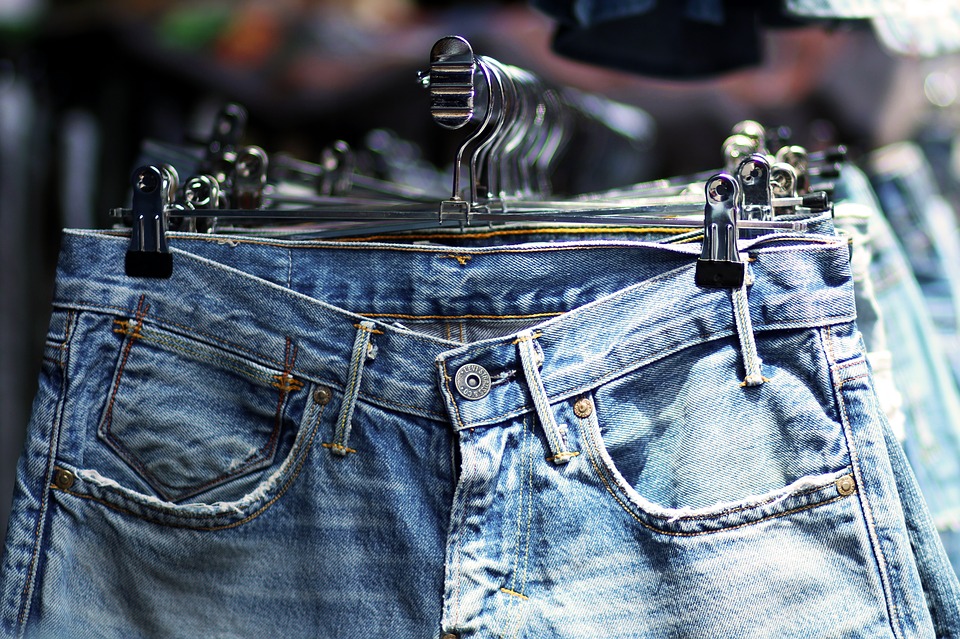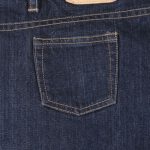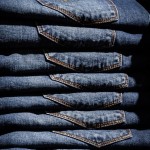Few garments offer the same level of versatility as denim jeans. Ever since they were first invented more than a century ago, jeans have been the “go to” choice of pants for men and women alike. Like all articles of clothing, however, you’ll need to clean your jeans on a regular basis to preserve their appearance. In an effort to simplify this process, we’re going to reveal some essential “do’s” and “dont’s” of washing denim jeans.
Do Read the Care Label
As with most garments, it’s a good idea to read the care label for specific instructions regarding how to clean and care for the jeans. Different jeans feature different materials and craftsmanship. As such, some varieties may require special steps to clean and maintain them. The only way you’ll know how to best care for your jeans, though, is by checking the care label. You can usually find it located inside the waistband, though some jeans may feature it elsewhere, such as inside the leg. Either way, you should take a few minutes to locate and read the care label on your jeans.
Don’t Wash with Hot Water
Unless otherwise instructed by the manufacturer, it’s best to avoid washing denim jeans with hot water. Why is hot water bad? Well, washing denim jeans in hot water just once or twice probably isn’t going to cause any noticeable damage. If you continue to do it, however, the hot water can certainly affect your jeans. It shrinks the denim fibers, making your jeans fit just a little tighter. Over time, this can result in your jeans no longer fitting, at which point you’ll have to either replace them or have them fixed by a professional tailor. This problem is easily avoided, however, by washing your denim jeans in cold water instead of hot water.
Do Check Your Pockets Before Washing
We’ve all done it before: you wash a pair of jeans, only to realize later that you left an ink pen or marker in the pocket. After you remove the jeans from the washing machine, you discover permanent ink stains. If this sounds like a familiar scenario, you should try to get into the habit of checking the pockets of your jeans before placing them in the washing machine. Make sure everything is removed from the pockets, including but not limited to your car keys, wallet, coins, cash, receipts, pens, pencils, cellphone and more.
Don’t Leave Jeans in the Washing Machine After Washing
Something else to avoid when washing your jeans is leaving them in the washing machine after they are finished. While this may seem harmless enough, it can degrade the quality of your denim jeans, as well as promoting the formation of mildew and mold (yuck!). After you hear the buzzer going off on your washing machine, remove your jeans and transfer them over the dryer. The sooner you move your jeans to the dryer, the better. With that said, leaving your jeans sitting in the washing machine for half an hour — or even several hours — probably isn’t going to cause any noticeable damage. Nonetheless, it’s best to err on the side of caution by not leaving your jeans in the washing machine after they are finished washing.
Do Wash with Similar-Colored Clothes
Older washing machines can use up to 45 gallons of water per load of laundry, which is a pretty substantial amount to say the least. Over the course of a year, doing laundry can really take a toll on your finances. This is why it’s a good idea to wash your denim with other clothes — but only if they are the same or similar colors. Washing a pair of traditional indigo-colored jeans with a red sweater, for instance, may result in the colors bleeding on each other. Your red sweater may not have a dark blue tint to it, and your jeans may now have a reddish tint. If you wash your jeans with clothes of the same or similar color, though, you’ll protect against this phenomenon.
Don’t Wash with Bleach
I know this probably sounds like common sense, but it’s still worth mentioning that you should never wash denim jeans with bleach. Bleach is simply too strong of a chemical for denim to handle. Even small amounts can result in bleach stains, which of course are impossible to clean. So, what if there’s a stubborn stain on your favorite pair of denim jeans that doesn’t seem to go away? In this case, you should try a fabric stain removing product, preferably a pre-wash spray treatment. These products are applied directly to the stain before washing. As the article of clothing goes through the washing machine, it activates the stain-removing product; thus, removing the stain. It’s a safer and arguably more effective way to deal with stubborn stains than using harsh bleach, which could likely stain your jeans otherwise.
Do Turn Your Jeans Inside Out
Why do you need to turn your jeans inside out before washing them? Like most clothes, jeans have a tendency to fade over time, especially when washed on a regular basis. This is completely normal and should cause no reason for concern. Nonetheless, though, it’s something that most people want to avoid. If your jeans are currently dark blue, they may fade to a lighter blue over time. Such fading can often be avoided by turning your jeans inside out before washing them. Doing so means only the inside of the denim fabric will be exposed to the water and detergent, not the exterior.
Don’t Wash After Each Wear
Conventional wisdom may lead you to believe that it’s best to wash your jeans each time you wear them. However, some of the denim industry’s leading figures have spoken out against this practice, saying that jeans don’t need to be washed this often. You can prolong the life of your jeans by washing them less frequently instead of after each use.












